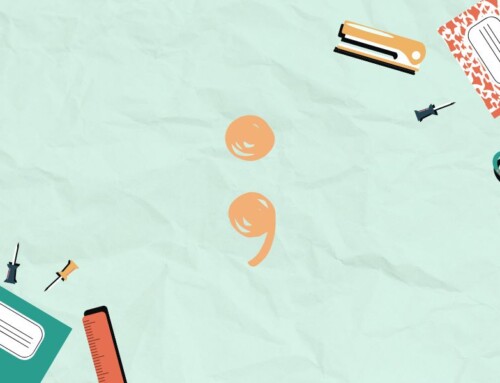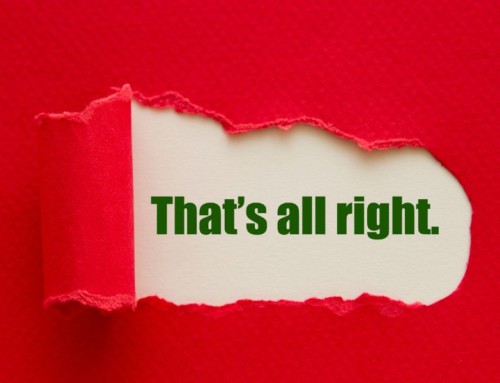The English language can be confusing—especially when it comes to words that are similar in spelling and meaning. One such pair of words is lay and lie. These two words are often used interchangeably, but they actually have different meanings and uses.
In this blog post, we’ll explore the difference between lay and lie, when to use each word, how to remember the difference, and provide examples of how to correctly use them.
Lay and Lie: What’s the Difference?
The main difference between lay and lie is that lay is a transitive verb, meaning it requires an object, while lie is an intransitive verb and does not require an object. In simpler terms, lay needs something or someone to act upon, while lie does not.
When to Use Lay?
Lay is used when you are placing or putting something down. It is an action that involves an object.
Example: “I will lay the book on the table.”
In that sentence, the book is the object.
Example: “Please lay the blanket on the bed.”
In that sentence, the blanket is the object.
When to Use Lie?
Lie is used when referring to a person or animal reclining or resting. It does not require an object.
Example: “I am going to lie down for a nap.”
In that sentence, “I” is the subject and there is no object.
Example: “The cat likes to lie in the sun.”
In that sentence, “cat” is the subject and there is no object.
How to Remember the Difference Between Lay and Lie?
There is a simple trick to help you remember which word to use. Since the word “lay” is a transitive verb and requires an object, think of the “a” in lay as standing for “object.” Since “lie” is an intransitive verb and does not require an object, think of the “i” in lie standing for “intransitive” and it doesn’t need an object.
How Should I Use Lay and Lie?
To correctly use lay and lie, you need to know the different tenses and forms of each word. Here are the most common forms and tenses of lay and lie:
Present Tense
Lay: I lay the book on the table.
Lie: I lie down for a nap.
Present Participle
Lay becomes Laying: I am laying the book on the table.
Lie becomes Lying: I am lying down for a nap.
Past Tense
Lay becomes Laid: I laid the book on the table.
Lie becomes Lay: I lay down for a nap.
Past Participle
Lay becomes Laid: I have laid the book on the table.
Lie becomes Lain: I have lain down for a nap.
More Conjugations of Lay and Lie
Here are some more examples of how to use lay and lie in different tenses and forms:
She lays the baby in the crib. (present tense)
He is laying the foundation for the house. (present participle)
They laid the carpet yesterday. (past tense)
I have laid out my clothes for the morning. (past participle)
The dog likes to lie in the sun. (present tense)
She is lying on the beach. (present participle)
He lay down for a nap. (past tense)
She has lain in bed all day. (past participle)
TL;DR
Understanding the difference between lay and lie is important for proper grammar and writing. Remember that lay is a transitive verb that requires an object, while lie is an intransitive verb that does not require an object. With practice, you can correctly use lay and lie and avoid common mistakes.
Need help correcting your manuscript? Call 1-855-738-6380 to learn more about Mill City Press editorial services.
Discover more from Mill City Press
Subscribe to get the latest posts sent to your email.






Leave A Comment